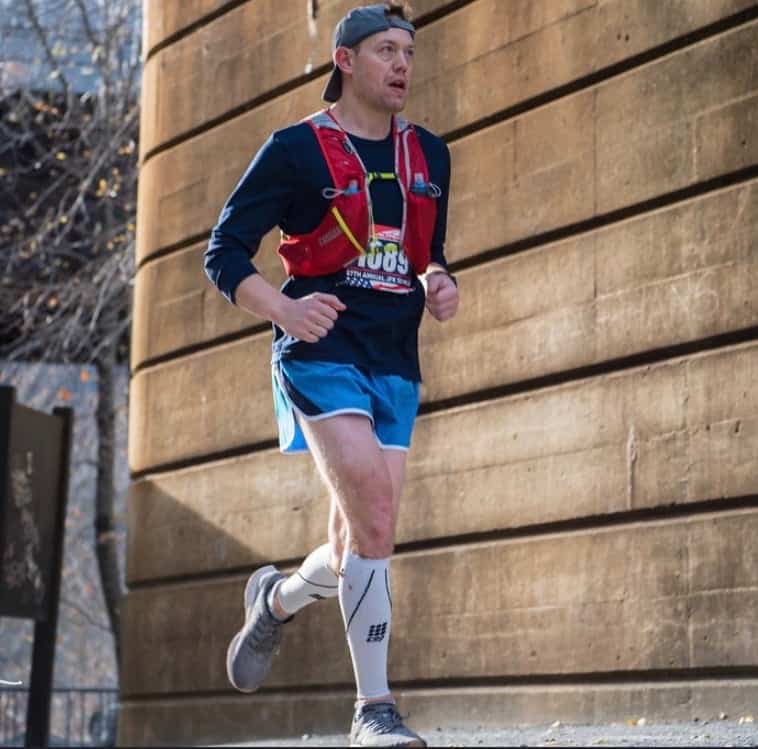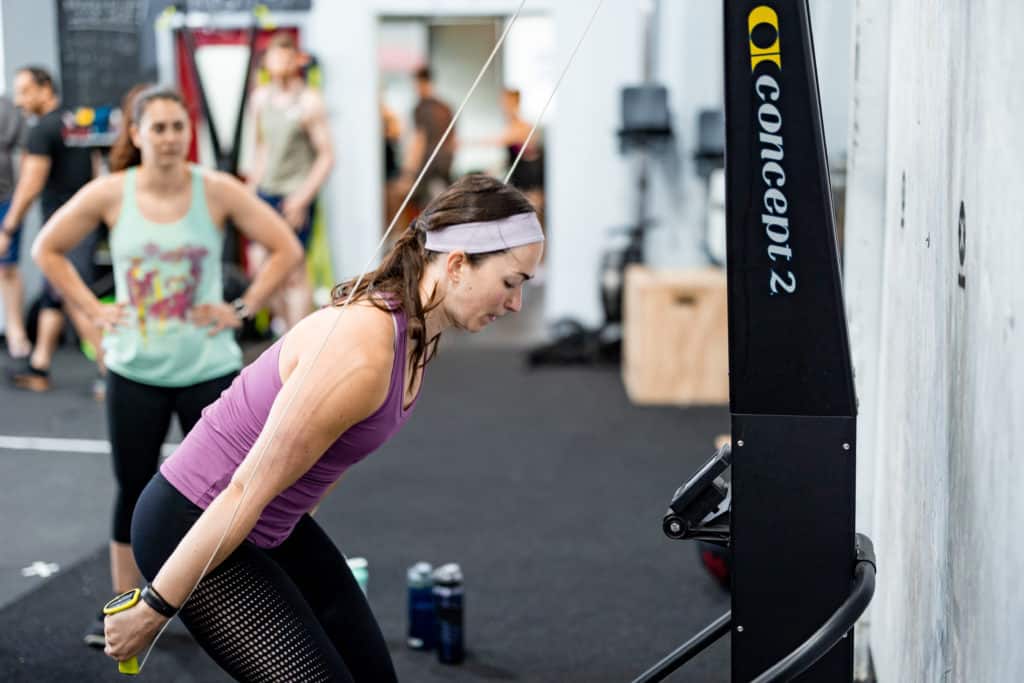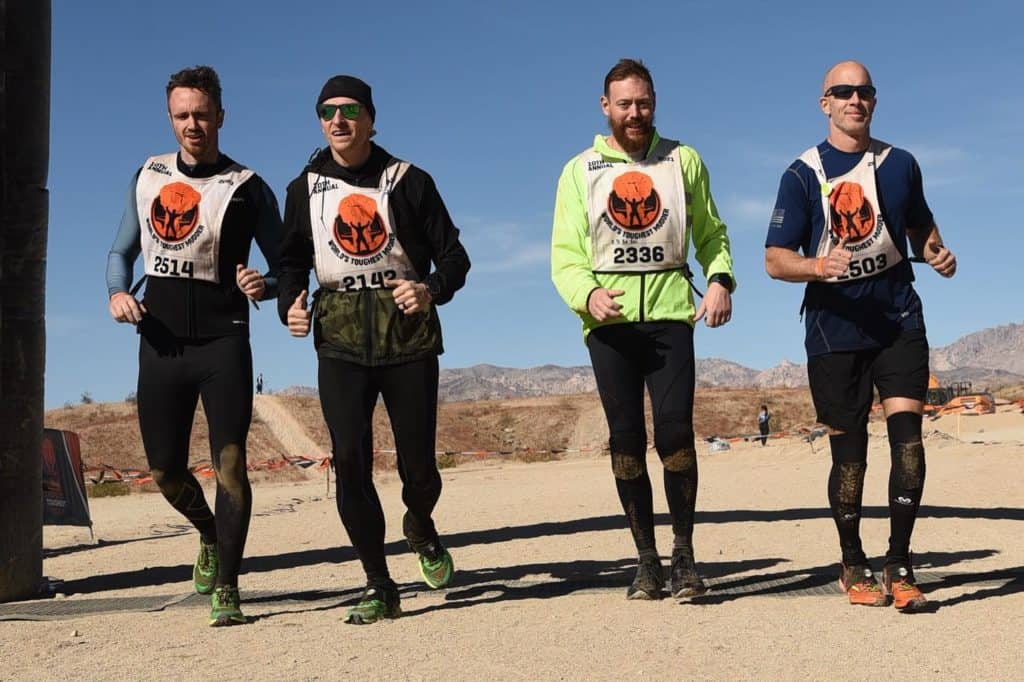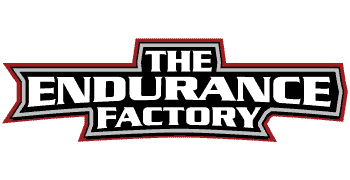How to Increase Your Resting Metabolic Rate with CrossFit
RMR Performance Testing at the area's only gym focused on runners, OCR, & endurance athletes
4.9
CrossFit is a popular exercise program that uses functional movements at high intensities to increase a participant’s resting metabolic rate. To determine the resting metabolic rate of CrossFit participants, researchers measured their energy expenditure using portable ultrasound systems and indirect calorimetry. They then used six different equations to predict their resting energy expenditure. The authors conclude that the exercises used in CrossFit are extremely effective in increasing resting energy expenditure.
Estimating your resting metabolic rate
The basic formula for calculating your resting metabolic rate (RMR) is the Harris-Benedict Equation, which takes into account your age, weight, and height. Depending on your activity level, this can be categorized as sedentary, very active, or active. If you’re interested in understanding the relationship between your RMR and exercise levels, the Performance Coaches at The Endurance Factory can test, assess, and guide you to increased performance as pert of our Performance and Recovery Services.
In the process of determining your RMR, you’ll have to wear a nose clamp and breathe through a tube. The test measures your oxygen and carbon dioxide consumption, and will give you a good idea of how many calories you need to burn during the day. However, the actual calorie requirement depends on the type of exercise you do and how much you eat. It’s best to try a variety of workouts and different combinations of exercises to find the right balance.
In addition to the RMR, you also need to understand how many calories you burn through exercise. The average person burns between two and six thousand calories per day when they exercise moderately. People who are moderately active spend about 30 to 60 minutes per day at moderate intensity and burn fifteen to thirty percent of their RMR per day. Therefore, it’s important to determine how many calories you burn each day, and then adjust your diet accordingly.
Although BMR is a useful tool for determining calories burned per hour during an intense workout, a calculator’s results are likely to be inaccurate if you have a very lean body. However, the calculator will give you an accurate estimate if you’re lean and muscular, so you should consider using this tool if you’re unsure about your BMR. The American Council on Exercise provides two equations that provide an estimate for calculating your BMR for men and women. The Mifflin-St Jeor equation tends to be more accurate, and it’s worth trying them out to see which one works best for you.
Tracking your RMR during a weight-training program
While calorie burn estimates are helpful, they’re only estimates. Using a RMR test will help you find the calorie balance you need while on a weight-training program. Using the data, you can devise an appropriate diet and exercise routine to reach your fitness goals. To get started, complete the Elite Body Data RMR test. To learn more, visit their website.
To track your RMR during a weight-training program, you need to know your base metabolic rate (RMR). RMR is the amount of energy your body burns while you are at rest. This energy is necessary for your body’s basic functions. You can calculate your RMR using a calculator online. This tool will give you an idea of how much energy you’re burning when you’re at rest, which can help you plan your diet and workout routines.
By tracking your RMR, you can determine how much muscle mass you need to add to your diet to maintain your body weight. Knowing your muscle mass is important because it contributes a substantial portion of your daily calories. Knowing your muscle mass ratio will help you choose the best diet and exercise plan to lose weight. When you increase your muscle mass, your resting metabolic rate increases and you lose fat!
A BMR is the most accurate way to measure your metabolism at rest, but RMR is more accurate and represents your daily energy needs. Knowing your RMR allows you to tailor your diet and exercise to your needs. Using RMR during a weight-training program can help you reach your goals faster and burn more calories than you would have otherwise. You should also check your BMR to see if you are gaining weight.
RMR can be easily determined through online calorie calculators. This calculation factors in daily activity and non-exercise activity. You can use an online calculator or calculate your RMR at a lab or gym. You must know your height, weight, age, and gender to get the best estimate of your RMR. With the correct measurement, you can adjust your training routine to increase the number of calories you burn daily.
Another way to track your resting metabolic rate during a weight training program is by measuring the amount of energy you burn while at rest and after intense physical activity. This will help you make the most effective choices in terms of nutrition and exercise. If you don’t have lean muscle mass, relying on your resting metabolic rate can make you gain muscle and lose fat. When your metabolism is high, you’ll need more energy to recover from your workout.
One study aims to determine if protein supplementation and resistance training can increase the amount of muscle you gain in a weight-training program. The researchers also found that protein supplementation and resistance training combined with protein supplements may increase fat-free mass. The study enrolled 96 healthy adults in a whole-body periodized resistance training program. The participants were randomly assigned to take either whey or soy protein supplements or carbohydrate supplements. The RMR was then measured by indirect calorimetry or through DXA metabolic mapping.
Increasing muscle mass increases your RMR
Increasing muscle mass is a key way to increase your crossfit resting metabolic rate (BMR). When you do a workout, your body burns more calories by using muscle. For example, a one-hour spin class burns about 1500 calories, while a 1000-calorie meal burns just 500 calories. These people have a healthy diet and get plenty of thermic effect from the food they eat, yet they still gain weight. To increase your crossfit resting metabolic rate, you must start increasing muscle mass throughout your body.
Adding muscle increases your BMR for several reasons. Increasing muscle mass increases your BMR by approximately 100 calories per kilo. This increased muscle mass is a result of a high-intensity strength-training routine. It causes your muscles to burn more calories throughout the day, and you can expect to increase your BMR by as much as 100 calories a day if you perform these workouts regularly.
Building more muscle is a great way to increase your metabolism because more muscle means longer workouts, and longer workouts burn more calories. Muscle burns more calories than fat, so if you’re looking to increase your metabolism, building more muscle is the way to go. This will result in a higher BMR, which will help you burn fat and lose weight. So, why not give this a try? You won’t regret it.
EVERYTHING YOU NEED
TO BECOME A BETTER ATHLETE AND CRUSH YOUR PRs.

1-on-1 RUN COACHING
Training plans designed to fit your needs. Your personalized program will provide a structured approach to achieving your race goals. You'll get - programming specific to your running and OCR goals, access to our Training Peaks platform, weekly calls, and text/email access to your Coach.

TARGETED RACE PLANNING
Race-specific planning is available as well in conjunction with a training plan. This will include recommendations on pacing and course management, nutrition, hydration, dealing with race day adversities, and race day schedule and logistics.

A GREAT RUN COMMUNITY
From weekly group runs, fitness classes & workshops, race planning & travel, gear & equipment talk, to anything you can think of that's run & endurance related, our community of athletes of every level and always up for a challenge and some running fun.

METABOLICTESTING
Metabolic testing at The Endurance Factory Running Lab utilizes the newest available technology which has been validated and shown to have lab grade accuracy. The results are displayed in actionable reports that the athlete can save a refer back to when planning training and comparing to subsequent tests in the future.
4.9 69 reviews
About Coach Jeff

Jeff started running at an early age. High school success led to a scholarship at High Point University where he participated on the Cross Country and Track teams. While there he earned an honors degree in Exercise Science.
Upon completion of his undergraduate degree, he returned to Canada and attended McMaster University earning a Masters of Science in Physiotherapy while continuing to run semi-competitively.
Jeff entered practice in 2008 treating patients across a wide spectrum of ages and conditions while he continued his post-graduate education earning a Fellowship from the American Academy of Orthopedic Manual Physical Therapists.
In recent years, he has focused on treating athletes with an emphasis on running and CrossFit/functional fitness-related injuries, though he truly has a passion for treating athletes across all sports.
Jeff is a Certified Strength and Conditioning Specialist and a certified running coach from the United Endurance Sports Coaching Academy. Jeff is the owner of Without Limits Running, a running performance company that operates in conjunction with The Endurance Factory Performance.
How can we help you Reach your goals?


© 2023 The Endurance Factory. All Rights Reserved.

Where Do You Want Us To Send Our Current Membership Information?
our pricing is simple

Getting Started is Easy!
Simply fill out the form below then schedule your FREE intro on the next page. We’ll be in touch to confirm shortly.



